In this last post, I want to share some pricing tips when it comes to talking about pricing with clients and getting paid.
If you haven’t read the other posts in this series, make sure to check them out:
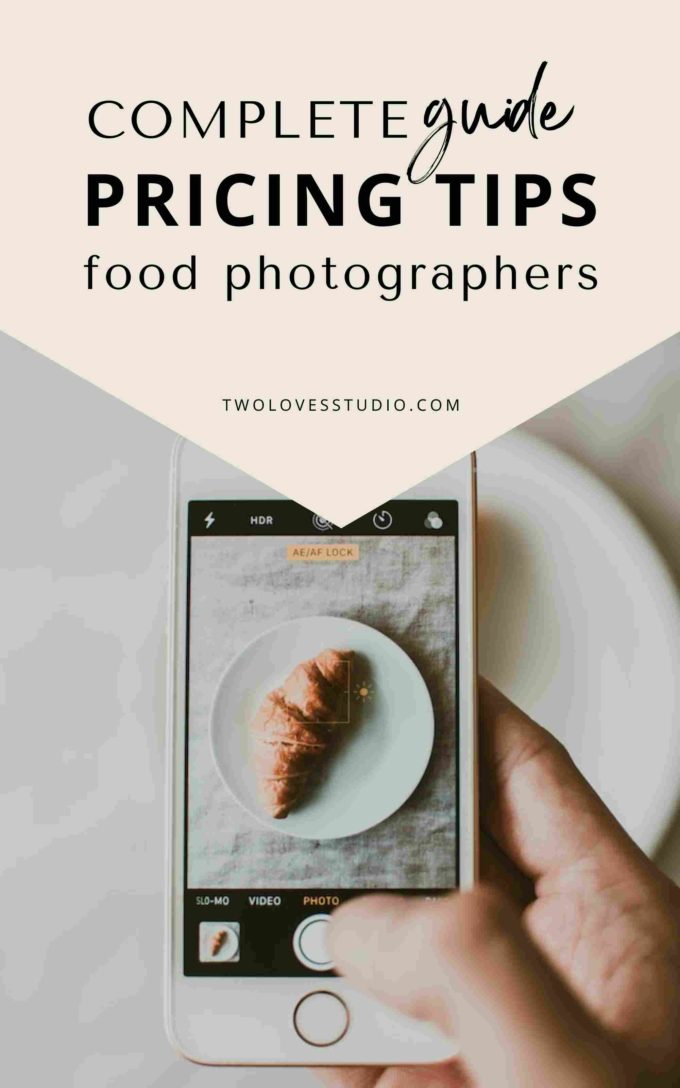
Tips For Confidently Pricing Your Food Photography
Most of my tips come from experience and mistakes I made early on! Here are some tips to think about when pricing your food photography:
- TIP 1: It’s better to increase your prices later than decrease
- TIP 2: Prices in writing command authority
- TIP 3: Give estimates over final project costs
- TIP 4: Only give discounts for future work
- TIP 5: Ask for a non-refundable deposit
We will cover these more in detail below.
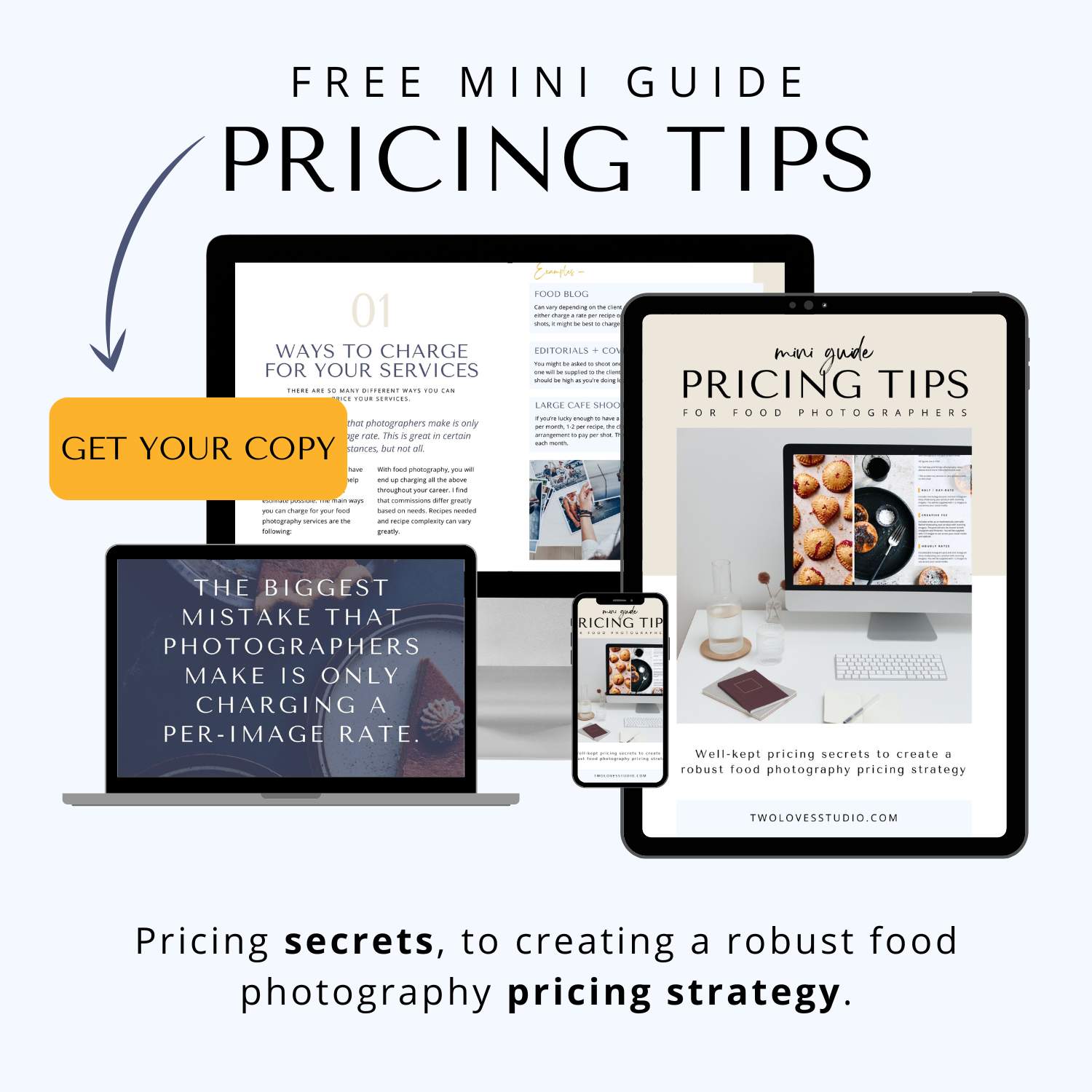
It’s Better To Increase Your Price Later Than Decrease
It is much harder to go backwards and decrease your prices because you made a mistake or find clients aren’t willing to pay those figures than to increase in the near future.
This doesn’t mean that you have to undercharge but err on the side of caution when starting.
Increasing your pricing six months down the track looks like your business is flourishing and you’re gaining more skills, than reducing your pricing because your current skill set didn’t match up with perceived value.
If you find that you’re working too much or rarely hear ‘no’ from clients, it might be time to increase your rates.
Prices In Writing Command Authority
It’s as simple as that. Prices that are in writing are more believable.
This should be on a formal estimate with details of the services you’re offering, with your branding and details. Or you might have a pricing list on your website.
Because food photography commissions are always unique, not like other niches, it’s hard to have packages tailored to all clients.
In lieu of a written price list, when you’ve got the full brief details, send the client a written estimate, branded with your logo, contact details and business number.
This looks much more professional than just typing it into an email.
Give Estimates Not Quotes
Because you can’t guarantee production costs, it’s best to give the client an estimate over a final project cost.
Clients should be paying in addition to your creative fee:
- Groceries and ingredients at cost
- Studio or prop rentals
- Talent frees
- Overtime
- Retouching per hour
Not every job will have these things, except ingredients, and it is hard to know the final cost of these production fees.
Add them as a line on your estimate and make sure it’s clear that ‘final production fees are subject to change’. Labeling this clearly as an estimate and using this word with the client will further strengthen the idea that the final invoice will be different.
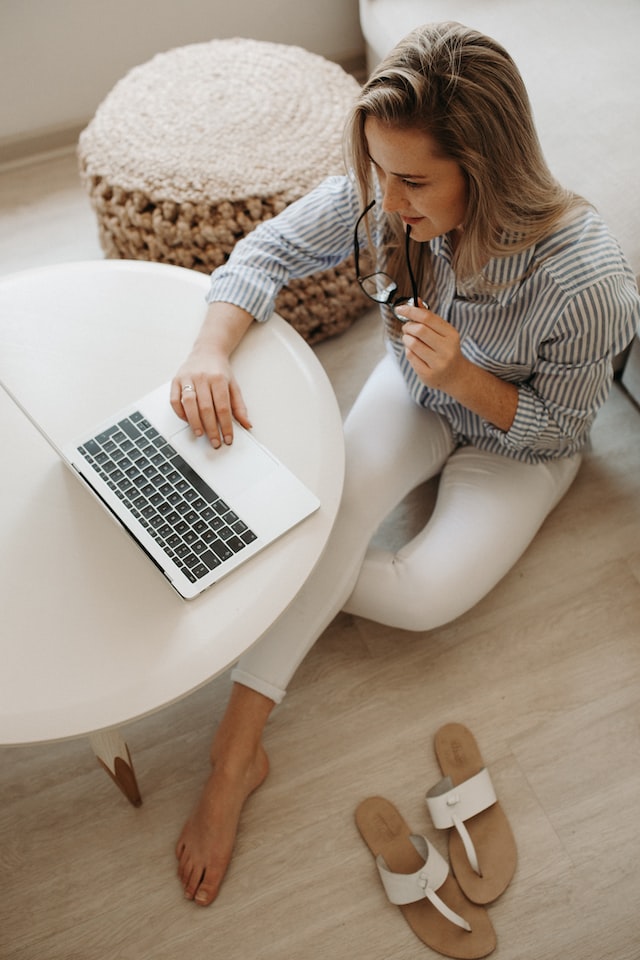
Only Discount Future Work
Usually, I would recommend not working for less money. However, if you have a repeat client, it can be a strategic move to give them a discount if they hire you regularly.
Letting the client know that you will give them a discount for future work gives them the incentive to work with you over someone else.
If you give them a discount on the first commission, then you aren’t rewarding them for repeat work, yet. Communicate via email, phone or in your agreement/contract that any discounts will be given for subsequent work.
Pricing Tip: Always Get A Non-Refundable Deposit Before The Job
I highly recommend asking for a non-refundable deposit to book your services.
If a client backs out, you could be left with fees for studio or prop rental, food you’ve bought, (which is often $100’s when working with food), etc.
Not to mention if you block off time for a client and they don’t pay a deposit, you will be turning away other clients.
Very rarely have I not asked for a deposit before I start a job. When I haven’t asked for one, it’s usually because there are no upfront fees.

For more pricing tips, make sure to check out my Pricing Tips: Mini Guide. Jam-packed full of well-kept pricing secrets, to creating a robust food photography pricing strategy that helps you charge what you’re worth.

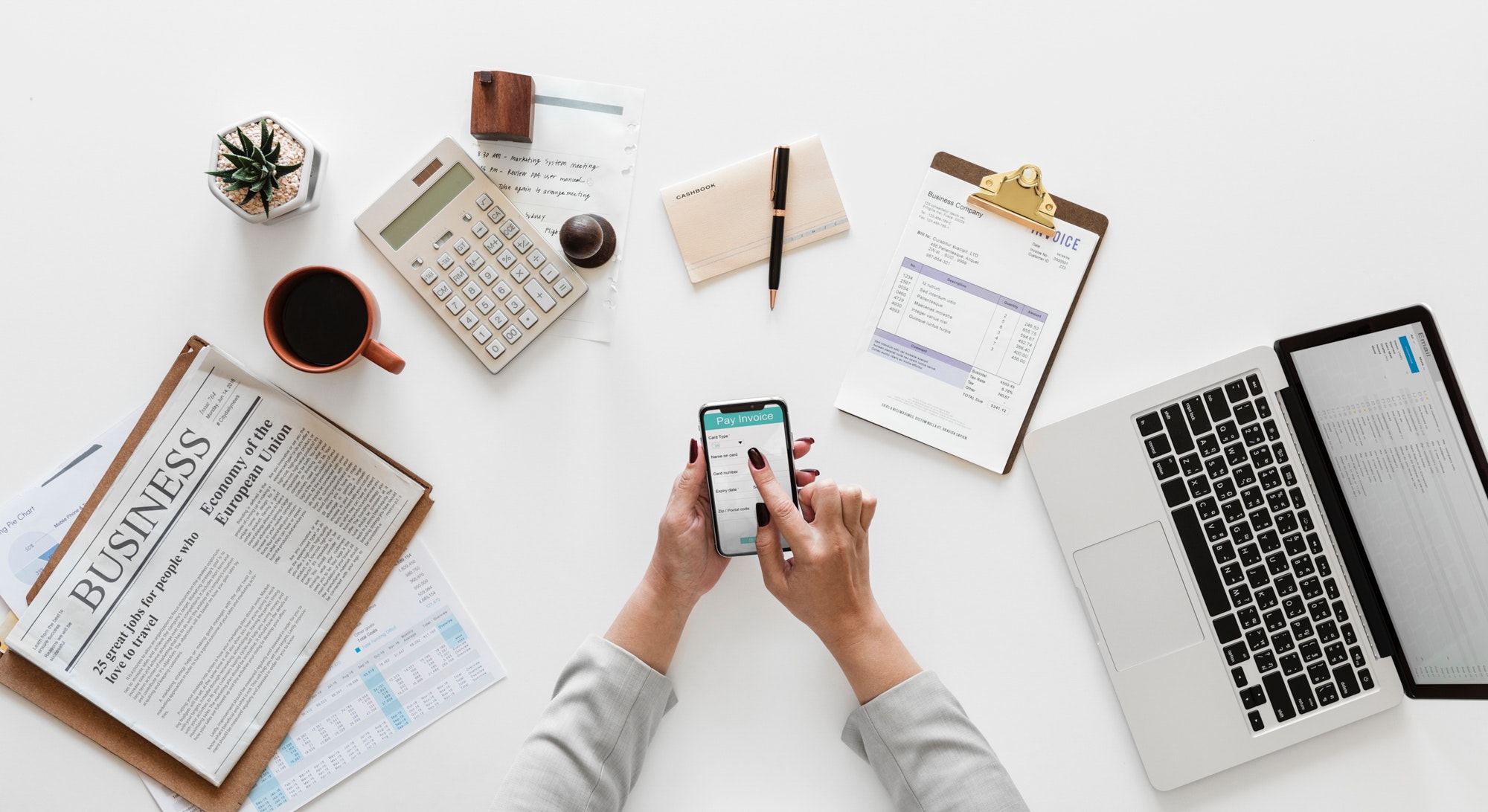
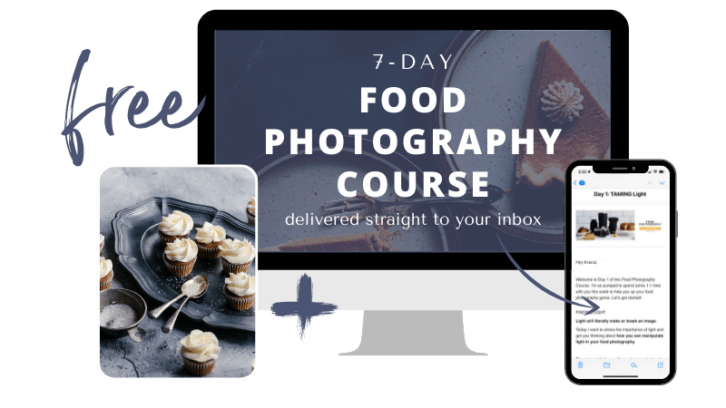

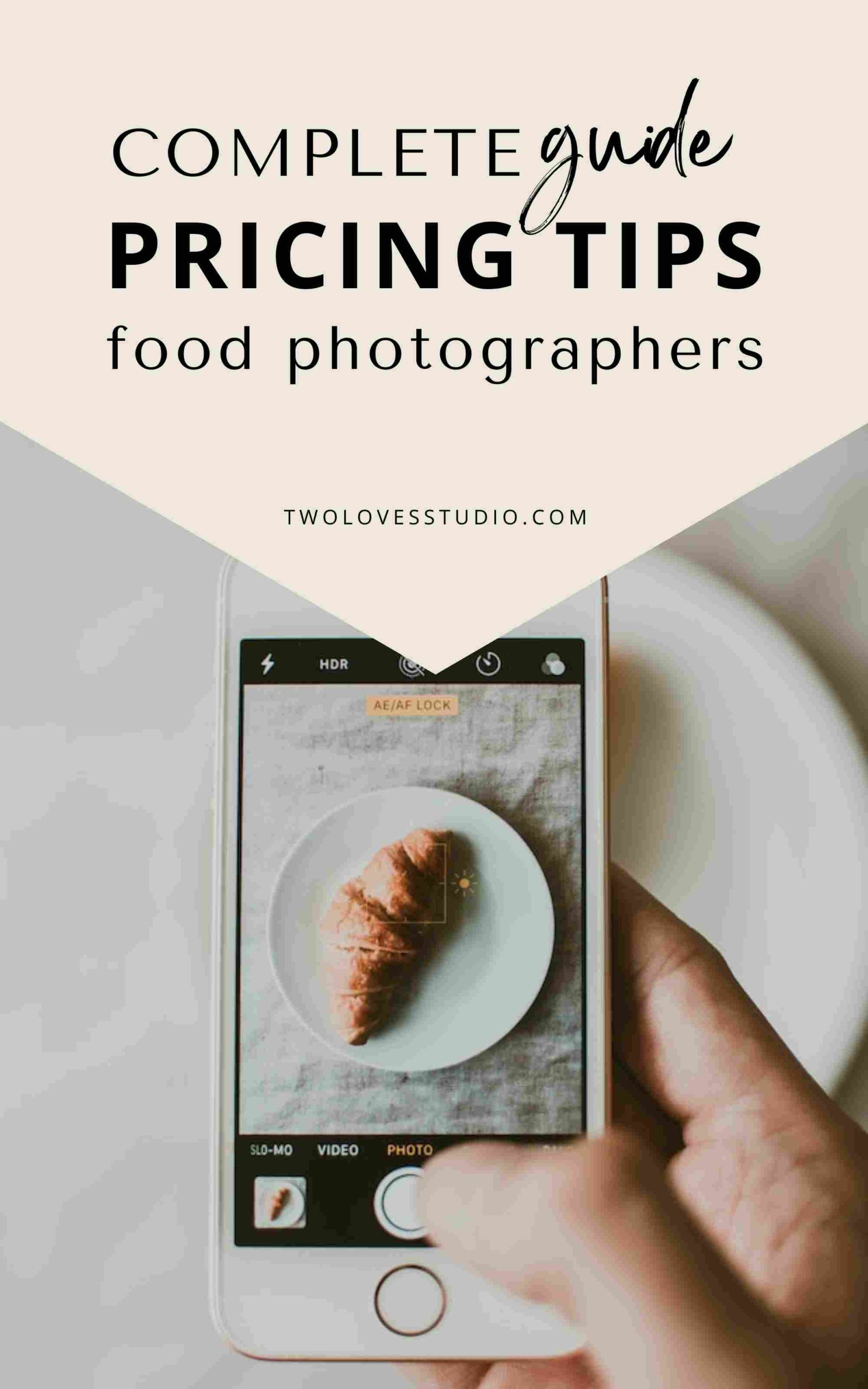
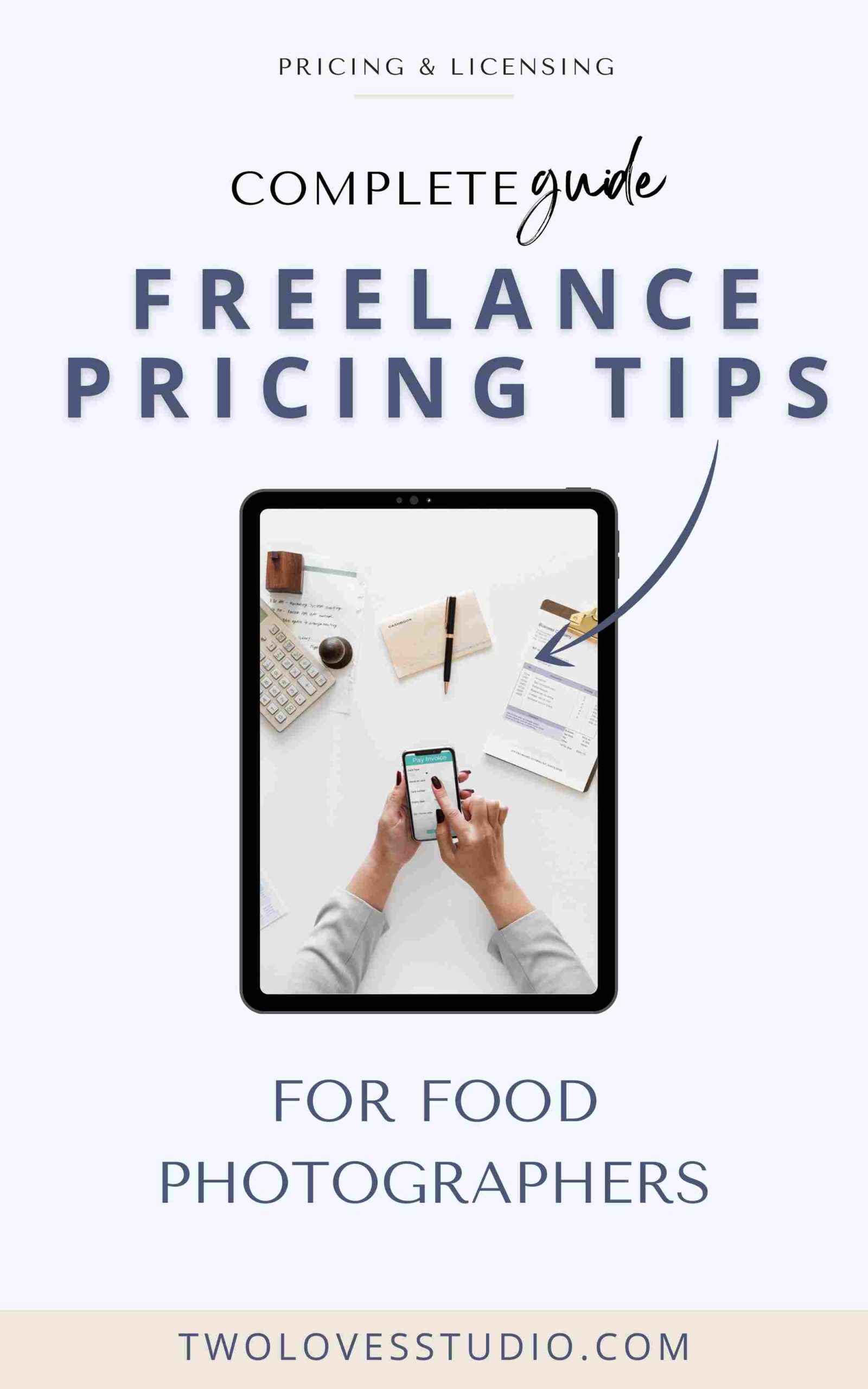
Jo || The Luminous Kitchen
I love that you’re putting all out there as pricing in Food Photography seems to be something food photographers don’t really like to discuss with each other. You are so right about the “YOU” part.
For me I always consider 3 things in regard to negotiating my rates ( which I tend not to do too much of)
1. The client – Do I actually want to work with this person / brand?
2. The job – Is the actual job going to be fun or creatively stimulating
3. The benefits – Is this a job that could potentially lead to other things/ more work?
OR
Is it an ongoing job? I have 2 clients who I shoot for every month and who have booked me 6 months in advance so for these jobs I have a special rate worked out with them because of the consistency of the work.
You have to find rates that you feel good charging knowing that your time, talent and effort are properly and fairly exchanged and then feel confident owning those rates.
I’m not suer there is a food photographer out there that does this as just a “job” – we are the lucky ones who have found a profession we LOVE and that can sometimes be difficult to charge for especially when you’re starting out, but I think you’ll do one job where you undervalue your services and it will feel so yuk you’ll never do it again.
Thanks Rach for these posts!! You’re a superstar.
Rachel
Such great points Jo! Consistent and ongoing work is something to consider for sure. That is so great that you have clients booking you that far in advance. Those three points are really great things to keep in mind when approaching a job. Something for all of us to run through when we estimate a job.
Ryan
how do you charge if the client wants to own the copyright to all images. No watermark. Use is for marketing, restaurant electronic boards, menus, advertising
Thanks
Rachel
Hey Ryan! Very interesting question, without an easy answer. Normally if a client wants to own the copyright then the price of the images would increase very significantly. In fact, the price for owning copyright would be out of most clients budget. Large companies usually get around this by having an in-house photographer who is an employee, thereby giving the company the copyright over images. Signing over copyright isn’t something that I do with my work, and there is a difference between exclusive ongoing licensing and owning the copyright. The thing I would think about is do you want someone else to own your images? They could then sell your images to a competitor (for example) then make money off your images. That is totally a personal preference. But usually, the fee is significantly higher, like even 10 times higher. There are some percentages that I have seen thrown around in the design world, but I haven’t seen any for food photography. How does that feel for you?
Marisa Franca @ All Our Way
Thank you Rachel for such valuable information. It took time for you to write this all down and here we are getting it for free — again thank you. This is one of those pay it forward type thing. You are great.
Rachel
Hey Marisa! It sure did take a lot of time, and best that it came in three parts. Can you imagine scrolling through that as one big post? Pricing is a something that you have to develop on your own, but this will definitely get you in the right direction. Good to start thinking of these things before you get approached by a client so you can be ready to rock!
Melissa Darr
Thank you for such a great 3 part series. It’s been very helpful and given me the ability to start thinking more in depth about my pricing. Also your portfolio site!!! Is it wordpress or something else? I love it and have been tossing about how to start a portfolio site up. Any help would be appreciated. Thank you.
Rachel
Hey Melissa! So glad to hear that this series has equipped you to get where you want to be. Best of luck with it.
At of now, I use a Squarespace site and the Ishimoto template. Highly recommended.
Shibani
Hi Rachel,
Thank you so much for the valuable tips.They are so essential for newbies like me.
Rachel
You’re welcome Shibani! Lovely to have you around here. Please keep commenting!
Karene'
Just had to quote and I get myself into such knots when I do! I’ve printed all three parts to this and am quietly going to sit down and work through it to see whether I’m on track. My new client of lifestyle food has come back asking for pack shots too. I’ve decided that for those less creative (but sometimes technically challenging) shots, I’d charge per image. Because there are many repeats, you are expected to do much more bulk work in your time slot and breaking it down per image shows them the value that they are getting. It also just makes it easier to quote and easier for the client to budget.
Rachel
Yes, there are many things to consider once you have a price in mind and thanks for sharing this with newbie readers. Price is always a negotiation when there are multiple jobs or an ongoing relationship. But at least people have somewhere and something to start that conversation with.
Ale Vega
Hi Rachel!! Just the topic I’ve been struggling with. Thanks so much for the help and valuable tips! I was wondering how can I download your spreadsheet? I have suscribe but haven’t received anything… Maybe I’m doing something wrong haha
Rachel
Hey Ale, sorry to hear that! I can see in my email provider that you signed up for the email course and not the resource library. When you sign up for the resource library you’ll get the link and password emailed to you for safe keeping. I have just added you to that list so you should now have access to that email. I use this spreadsheet still to this day. Hope you find it useful!
Lovella
This is probably one of the better sites I’ve seen about food photography advice. I just wanted to take this moment to say thank you.
Rachel
Hey Lovella! That is so great to hear and really puts a smile on my dial! Welcome to the community. Glad to have you on board.
Lavaughn
OMG!!! Firstly, I love your style of photography. Secondly, thank you, thank you, thank you for ALL of this valuable information. It is very timely for me as I have been approached to shoot a cookbook for someone who saw my images on Instagram. It’ll feature seasonal recipes and as such is expected to be shot over a 7-8 month period with 1-2 shooting days per month in various locations. This will be my very first paid food photography project and I have been second and third-guessing my rate. Any special advise with regards to pricing for a cookbook project? Thanks in advance and thank you again for provide such excellent resources for those of us who love this genre!
Rachel
Hey Lavaughn! Cool books can be tricky and pricing and procedure will differ depending on where in the world you are.
Some tips for cook book pricing:
Budgets are usually tighter per shoot day, and so price per image or recipe will usually be smaller due to bulk.
You can set your price then explain the ‘per shoot’ cost. This makes it easier to swallow than a total project cost. Puts it into perspective.
You can talk to the client about reducing the cost based on shooting the same or similar theme throughout. For example a white background through or a lot of the same angles. Like 45 or overhead. This way there is less set up changes that put pressure on time.
Budgets can also be reduced by giving the client less photos to select from or use in the book.
My first book I shot 55 recipes with a budget of $500 plus royalties. It was pennies when I shot it, but I learned a lot and got a whole portfolio out of it.
At the end of the day look at your figure and ask yourself if you’d be willing to do the work for the price you’ve set. If so, then go with it.
You’ve got to start somewhere for your first try and you’ll learn from there. This opportunity can be more priceless than money.
Best of luck and a massive congratulations! This is amazing.
Roya
Hi Rachel. Your blog has definitely become my go-to resource for all matters related to food photography. Thanking you so much in advance!
I too have been asked to quote for a branded recipe book for a retailer. not quite a cookbook format as it’s more of a branded binder format that will require additional recipes at later stages… starting with 20. But the project really encompasses 3 parts:
– Design of recipe cards + book (home studio)
– Recipe development (home kitchen)
– Recipe food photography & styling (home studio)
So basically a one-woman show! Definitely a lot of content, testing etc to factor into it. Any advice on how to go about this?
Rachel
Congratulations Roya! I would start by looking at time that it will take to create this and come up with a figure. Then ask yourself would I be willing to put in work for less money? Sometimes certain opportunities are worth foregoing $$. Make sure to let us know how you go !
Eric Ziegler
Thanks so much for the information. This is such a great resource, especially for those of us that may be looking to start out.
Rachel
Great to hear Eric!
Stacey Trottier
How do you present your “estimate” to clients? Do you have a template you use and input your info per job?
Rachel
Hey Stacey, we always present an estimate to them so they can see what the fees are and the value they are getting. Helps everything to have it in writing.
bonnie
Hi Rachel,
Thank you for producing and sharing such helpful information to us all.
Regarding the questions about cook book quoting, would you suggest using your daily rate to work out the project whole rate, but slightly reduce this? eg if it takes 15 days to shoot x this by your daily rate with a discount?
Also I’m noticing it is difficult to get all the brief details off the client, is it best to speak directly with the publisher? I’m concerned because I don’t wish to highly under cut myself! Thank you I would really appreciate your help as this is my first cook book.
Rachel
Hey Bonnie, yes it is hard to get all the details as sometimes the client doesn’t know either. I would create a package rate that includes xx amount of days, and any more days would be charged at xx. You can discount for more days, but you still need to make it worth your while.
Anjo
Hi Rachel, thank you for this valuable information! I am from Melbourne as well by the way!
Just a question, if you are to charge a full day package for a restaurant for example, do you separate the creative fee, licensing fee and the full day shoot fee?
Rachel
Hi Anjo, there are many ways you can do it. Some clients like a breakdown others don’t like to see they are being charged for different aspects. Unfortunately you’ll have to test and find out what works for your business.
Binil Kariat
Hi Rachel,
Myself Binil Kariat from India. Thank you for sharing this valuable information for the World.
This will actually give you the right direction.
God bless you.
Cheers.
Rachel
Thanks for stopping by.
mirchevphotography
good posts and site thanks for sharing
Rachel
Thanks so much for stopping by!
Roberta
Hi Rachel! I saw you updated these 3 posts on pricing cause the old model didn’t have the ‘number of job’ thing. Is there an excel file we can download? ❤️ thanks, Roberta
Rachel
Hey Roberta. Yes, I did update the post to give quick results that are a little easier to calculate. Pricing is such an in-depth topic and is changing all the time. I am now teaching 1:1 pricing strategy in my mastermind, Food Photography Pro, as well as individually assessing each participants pricing and giving advice based on my years of experience in the industry.
currys
thanks for sharing your post.
Nadee
Hey Rachel, thank you so much for breaking it down to 3 parts. Makes it so much easier. I’m fairly new to good photography but this has given me a good starting point. Thanks again 🙂
Rachel Korinek
Super glad you enjoyed the series! 🙂